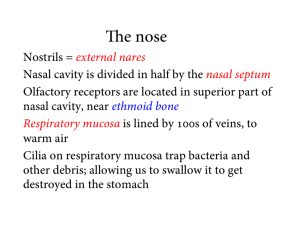Clinical Signs of Respiratory Infection
advertisement
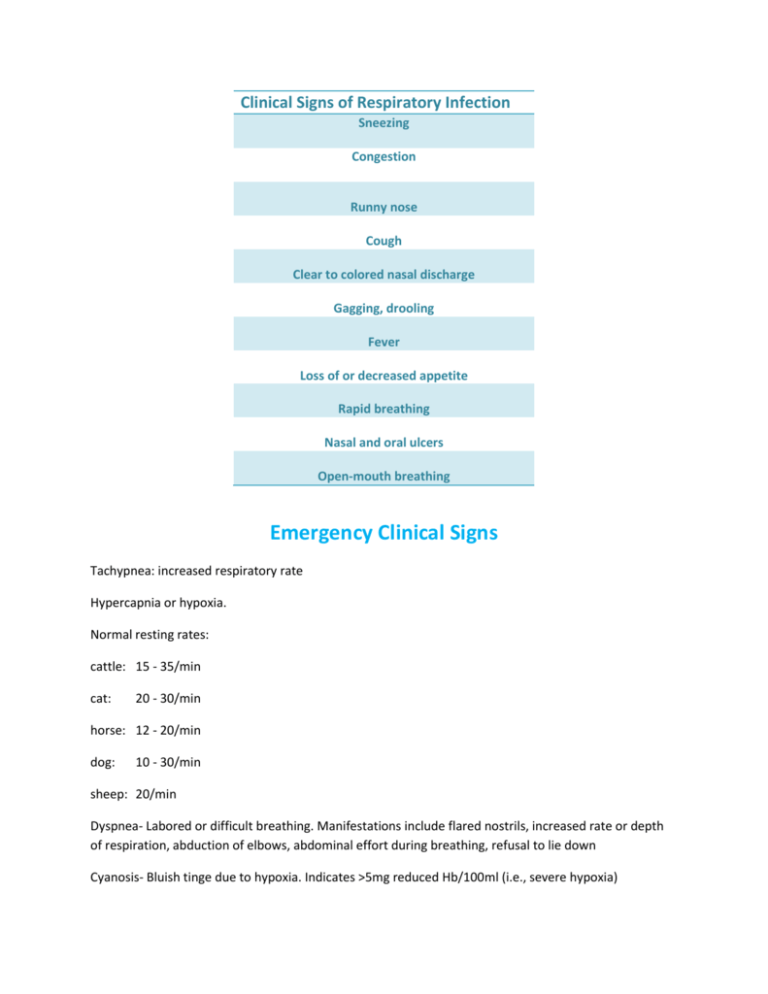
Clinical Signs of Respiratory Infection Sneezing Congestion Runny nose Cough Clear to colored nasal discharge Gagging, drooling Fever Loss of or decreased appetite Rapid breathing Nasal and oral ulcers Open-mouth breathing Emergency Clinical Signs Tachypnea: increased respiratory rate Hypercapnia or hypoxia. Normal resting rates: cattle: 15 - 35/min cat: 20 - 30/min horse: 12 - 20/min dog: 10 - 30/min sheep: 20/min Dyspnea- Labored or difficult breathing. Manifestations include flared nostrils, increased rate or depth of respiration, abduction of elbows, abdominal effort during breathing, refusal to lie down Cyanosis- Bluish tinge due to hypoxia. Indicates >5mg reduced Hb/100ml (i.e., severe hypoxia) Audible abnormal breath sounds Indicate air flow limitation: Stertor: audible pharyngeal or upper respiratory sounds Stridor: high pitched, generally inspiratory sounds These suggest partial obstruction (nasal passages, larynx, tracheal collapse) Change in voice-Usually associated with laryngeal disease. Nasal discharge Unilateral or bilateral Often removed and swallowed by animals; depigmented skin ventral to the nares suggests chronic nasal discharge General characteristics: serous, mucoid, purulent, sanguinous Hemoptysis-Coughing up blood. Epistaxis-Bleeding from the nose.
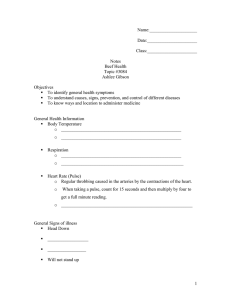



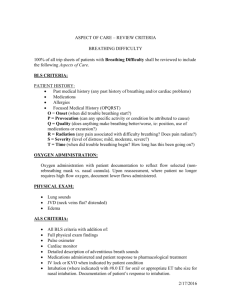
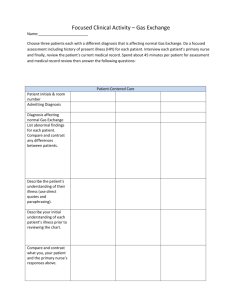
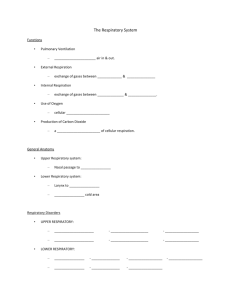

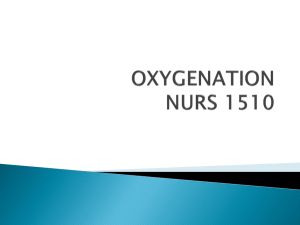
![Respiratory System [PPT]](http://s3.studylib.net/store/data/009478254_1-551daadebf523006befc66edea096412-300x300.png)
